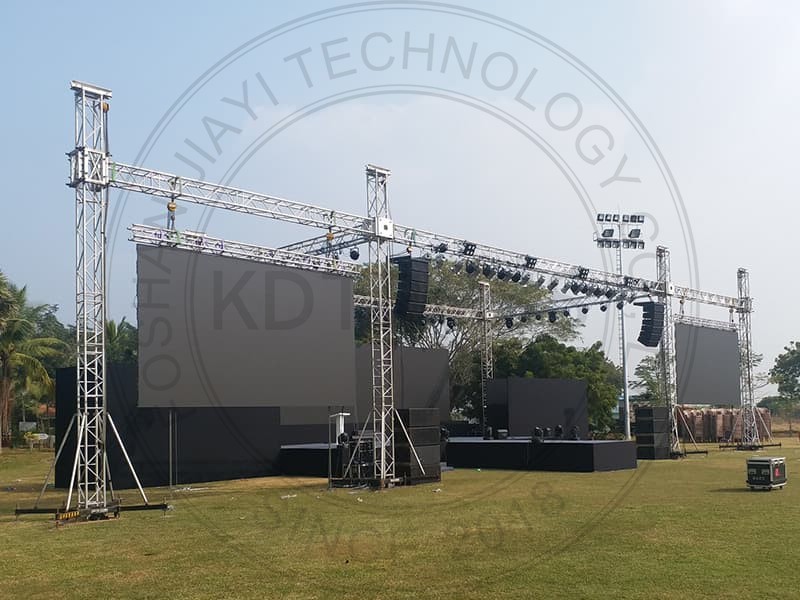Diversified Markets Driven by Innovation in The Metalworking Industry
As technology advances and market demands diversify, the metalworking industry is undergoing unprecedented transformations. From aerospace to medical devices, from automotive lightweighting to renewable energy, the application fields of metalworking technology are continuously expanding, driving innovation and development in the industry. The growth of customized and personalized demands requires metal fabrication companies to provide more flexible and diverse solutions to meet the unique needs of different customers. Besides, the advancement of smart manufacturing and Industry 4.0 brings new opportunities for automation and digitalization to the metal fabrication work industry, improving production efficiency and product quality.
In the field of high-end manufacturing, metalworking technology is very important. The demand for lightweight and high-strength materials in the aerospace sector has driven the development of precision machining technology to meet the manufacturing requirements of complex parts. The automotive industry has improved fuel efficiency and reduced emissions by adopting lightweight materials and precision machining techniques. The demand for high-precision sheet metal fabrication parts in the medical device sector has promoted the application of ultra-precision machining technology to meet the manufacturing standards of medical equipment and implants. These high-end applications not only showcase the sophistication of sheet metal custom fabrication technology but also reflect the industry's relentless pursuit of innovation and quality.
The future of the metal custom fabrication industry will place a greater emphasis on environmental friendliness and sustainability. With the global focus on environmental protection and sustainable development, metal fabrication companies are developing and adopting more eco-friendly production processes and materials. The trend towards standardization and modularization of technology will further promote increased production efficiency and reduced costs. At the same time, the metalworking industry is continuously exploring integration with other industries, such as biotechnology and nanotechnology, to develop new applications and markets. These comprehensive innovations and applications will enable the metalworking as well as steel fabrication industry to better adapt to the ever-changing market demands and make a greater contribution to the development of the global economy.
 |
 |
 |
 |














